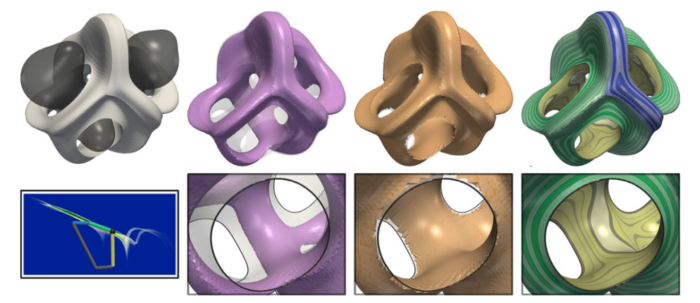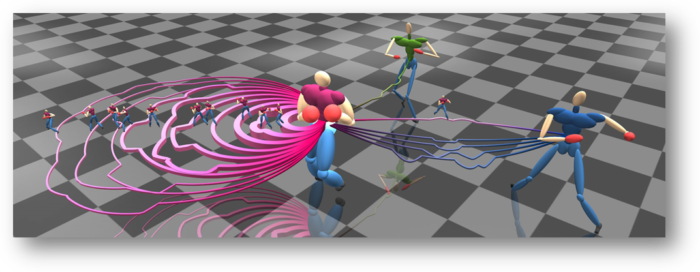Research Areas
The group is interested in a wide range of research areas throughout visual computing. Details can be found on the projects page. PhD opportunities can be found here.
Information and Scientific Visualization

Scientific visualization (scivis), deals largely with numeric data, for example from climate simulation, geophysical surveys or medical scanners, whereas information visualization (infovis) works with discrete/symbolic data, for example relational databases, biological networks, or web logs. Our visualization research offers three main contributions:
- computational topology and other mathematical tools supporting analysis and abstraction,
- graphical interfaces, including large scale displays, for working with and navigating through data,
- systems and software for exploration and analysis of large datasets.
Hamish Carr
Professor
Roy Ruddle
Professor
Crowd Animation and Analysis

Whenever you see massive battle scenes in movies or games these days, it is often generated using crowd simulation techniques. Beyond entertainment, crowd simulation is also widely used in design, urban planning, logistics, etc. where collective behaviours of humans matter. To simulate crowds, we need to understand people's behaviour patterns ranging from navigation skills to socio-psychological factors. We learn these patterns from data which involves simulation and evaluation.
We humans have amazing motion planning skills which are very difficult to be encoded by current algorithms, especially when it involves interactions with the environment. For example, imagine the complexity of teaching a robot to dress itself. The complexity of this motion planning problem goes up exponentially when the environment just gets mildly complex. This area of Motion Planning, Analysis and Synthesis involves finding good representations (topological, geometric, etc.) to enable algorithms to find solutions easily.



